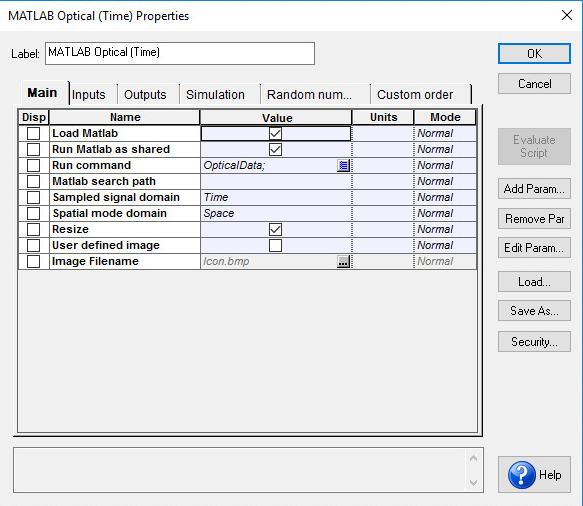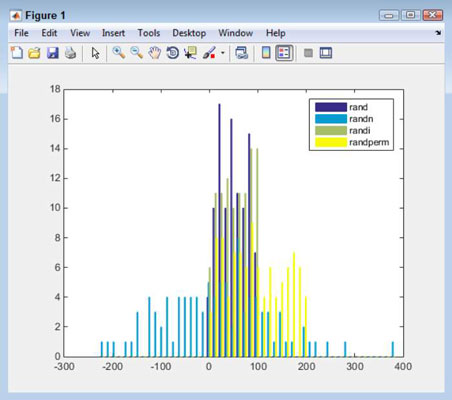

We propose a novel DNA operation-based image encryption technique. The following list includes the significant contributions of our work: Hence, every pixel of the input image can be encoded with a different key to generate a cipher. Our proposed method generates a key of a size similar to the size of the image in bits from a given key using Section 3.1. In our method, we receive an encryption key of any length for encrypting a plain image. In this research, we propose a method for image encryption using a novel DNA-based key scrambling technique where we do not involve any confusion stage, and there is no need to send an additional table with cipher image to decrypt the message by the receiver. However, the performance results achieved by the existing studies are far from ideal values. Again, multiple DNA-based operations increase time complexity to a significant scale which is difficult to use in practical aspects. So, it was not very difficult for attackers to assume the original message. Only one study used the key scrambling technique by repeating its sequence with increasing numbers. Different studies used the scrambling techniques on the block, pixel, bit, row, or columns which needed huge time. Several methods also used confusion and diffusion techniques for encryption, but the confusion process takes a huge time. On the other hand, in the case of pixel substitution, it is not required to send any table, but it is not highly resistive to different attacks. Therefore, an additional table had to be sent to the receiver for decoding the encrypted image. As reported by many researchers, DNA-based techniques proved to be the most successful method for image encryption because of less time complexity and massive parallelism .īut in most cases, the DNA-based methods used map-based encryption techniques. Such techniques are used for encryption and decryption of the entire image.

Several other operations on DNA (e.g., XOR, addition, subtraction, etc.) are also applied. Here, binary or hexadecimal number based different rules are used by the researchers for DNA mapping. Such security is ensured by incorporating cryptography techniques where cryptography deals with changing a given data to a format that has no visual or textual meaning at a glance and sometimes it is in an unreadable format too.Ĭurrently, a popular trend is to incorporate the concept of biological DNA operations for ensuring image security. Due to the popularity of using image data, it is a major concern for researchers to keep data secured during storage and transmission. Among them, the world is accumulating image data enormously using different social applications. Data may come in various formats including image, video, audio, number, text, etc. This is the era of big data which indicates that we are generating data in every aspect of our digital life. The experimental results show that our method can be used for image encryption with a high level of confidentiality. We evaluate our proposed method using 15 different datasets and achieved superior performance scores of entropy, keyspace, cipher pixel correlations, variance of histogram, time complexity and PSNR. In this research, we propose a novel and efficient DNA-based key scrambling technique for image encryption that addresses the above limitations. Confusion increases huge time complexity and needs to send one or more additional map tables with a cipher to decrypt the message. Further, these encryption methods usually involve two steps, confusion and diffusion. However, these DNA-based methods have some limitations, e.g., these are not dynamic and their performance results are far from ideal values. Recently, biological deoxyribonucleic acid (DNA)-based concepts are getting popular for ensuring image security as well as encryption as they show good performance. For this reason, researchers proposed different image cryptography algorithms.

But, due to data vulnerabilities, transmitting such images in a secured way is a great challenge. Various types of images, e.g., medical images, military images, etc. Among them, images are highly used in daily communications. In the age of big data, we are generating quintillions of data daily in the form of text, image, video, etc. Nowadays, data are the most valuable content in the world.


 0 kommentar(er)
0 kommentar(er)
